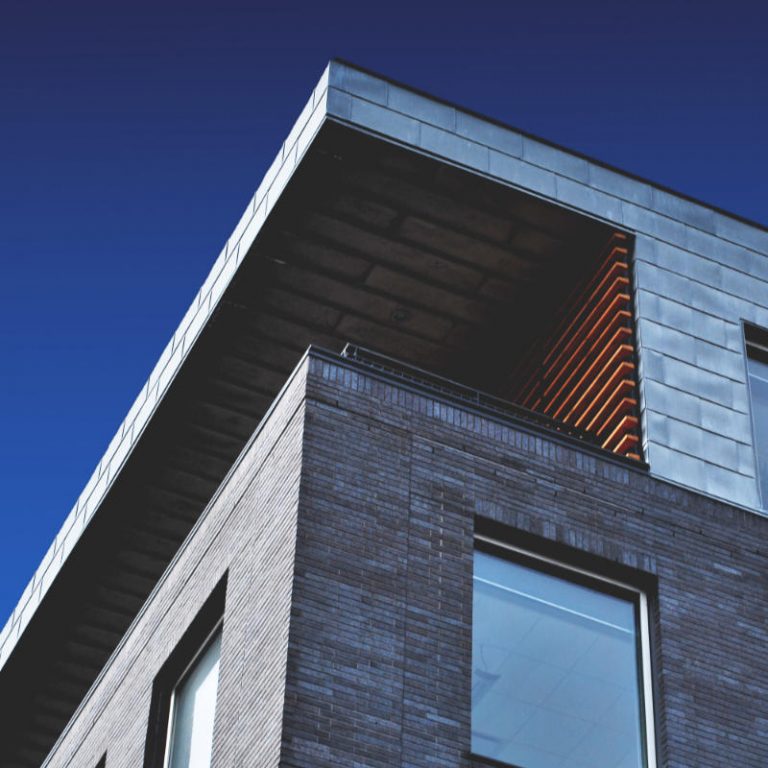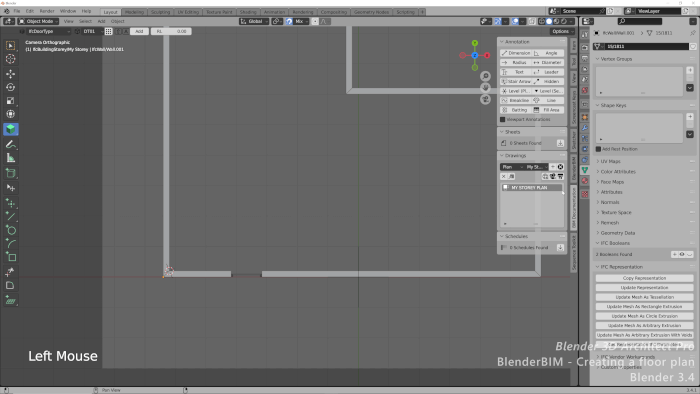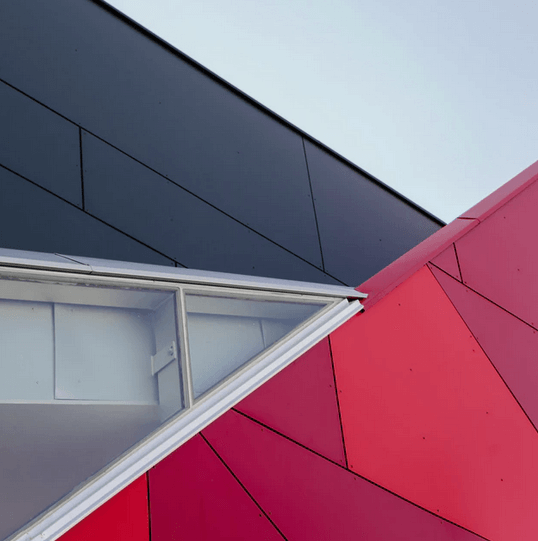
If you missed any of our articles from last week in Blender 3D Architect, you now have the chance to view a summary of all the content we posted. Among the materials, you will always find content related to architecture, furniture models, and also news about Blender.
Here is a list of articles from last week:
- Free furniture model: CoolingSky pouf for Blender
- Kitchen modeling from a photo using fSpy
- 13 Free PBR textures of Tactile blocks for architecture
- The Mill House: External visualization with Blender and Cycles
As a highlight, you find an interesting project related to kitchen visualization using a photo as a reference. The artist uses a tool called fSpy to match a virtual camera to a photo reference. He later renders the project in Eevee.
And an useful PBR texture pack containing 13 tactile blocks for urban spaces can help a lot with projects that must comply with regulations about visual handicaped guides.




